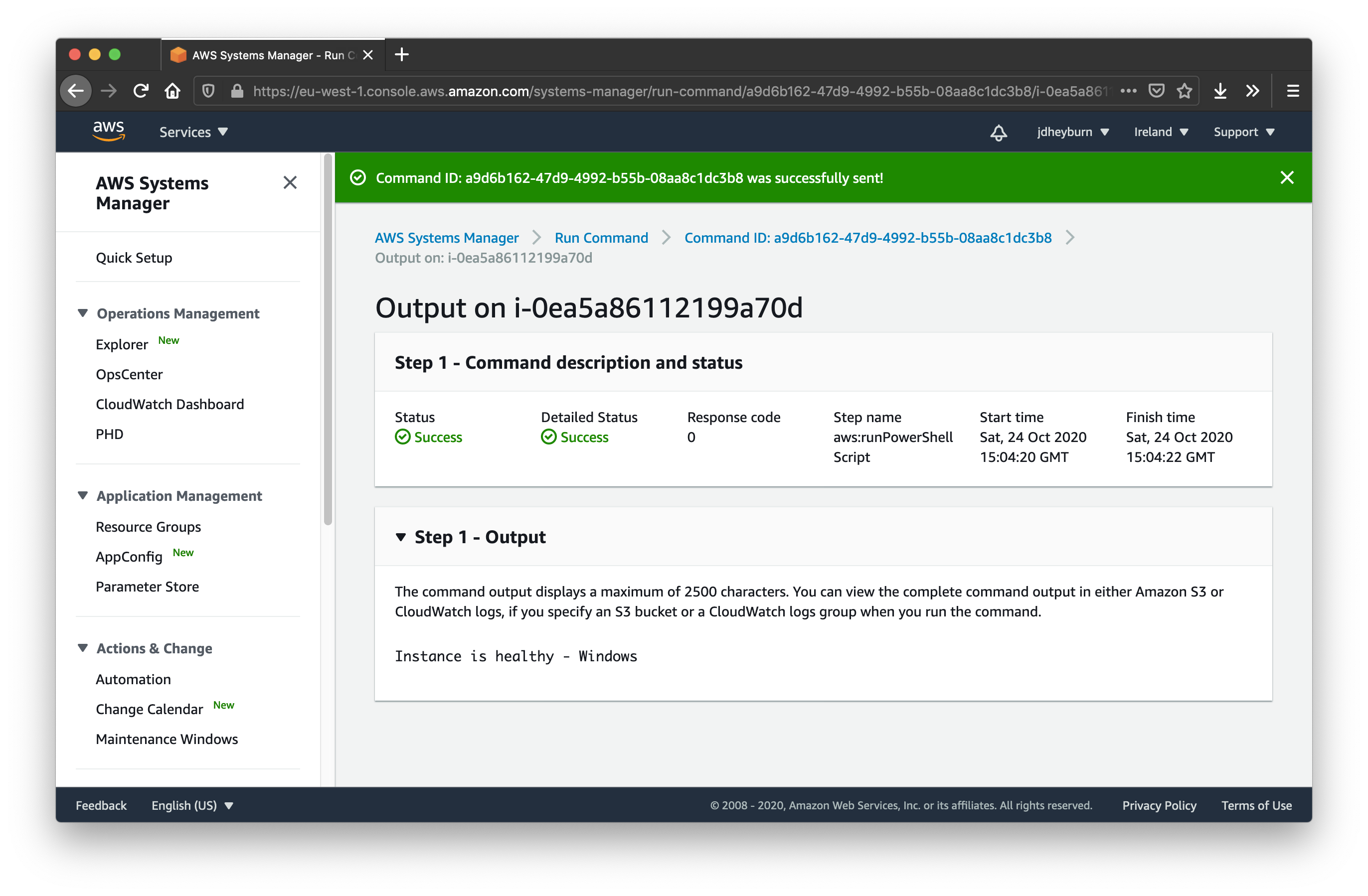
- #LINUX CPU STRESS TEST SCRIPT ARCHIVE#
- #LINUX CPU STRESS TEST SCRIPT WINDOWS 10#
- #LINUX CPU STRESS TEST SCRIPT SOFTWARE#
- #LINUX CPU STRESS TEST SCRIPT WINDOWS#
Omitting the -w switch or entering -w0 will perform 0% write operations and thus 100% read operations. Entering -w100 will perform 100% write operations. For example, entering -w40 will perform 40% write operations and thus 60% read operations.

If you’re trying to figure out which is the fastest hard drive for a certain workload, you should create a command that best matches that workload. Repeat this process for your other drives, and compare. Diskspd.exe -b16K -d90 -Sh -L -o2 -t4 -r -w30 -c50M c:\testfile.dat > c:\testresults.txt For example, the below command runs the same command as above and places the results in the C:\testresults.txt file. You can also dump the results to a text file you can view later with the > operator. These statistics are most useful when comparing multiple drives to see which is faster for certain operations, but they’ll also tell you exactly how much IO a hard drive can handle.

If you wanted to benchmark your D: drive instead, for example, you’d specify d:\testfile.dat Diskspd.exe -b16K -d90 -Sh -L -o2 -t4 -r -w30 -c50M c:\testfile.datĪfter however long you specify–30 seconds in the above test–the test results will be printed to the Command Prompt and you can view them.Ĭonsult the results and you’ll see the average MB/s the drive reached during the test–how many write operations were performed a second, how many read operations were performed a second, and the total amount of input/output (IO) operations per second. It creates a file at c:\testfile.dat of 50 MB in size (-c50M).
#LINUX CPU STRESS TEST SCRIPT SOFTWARE#
The following command sets the block size to 16K (-b16K), runs a 30 second test (-d30), disables hardware and software cashing (-Sh), measures latency statistics (-L), uses two IO requests per thread (-o2) and four threads (-t4) per target, uses random access rather than sequential writing (-r), performs 30% write operations and 70% read operations (-w30). However, if you want to get up and running quickly, here’s an example command. You’ll find a complete list of command line options and usage information in the 30-page DiskSpd_Documentation.pdf file included in the Diskspd archive you downloaded. Now, run the Diskspd command with the options you want to use. In our case, that looked like the command below.
#LINUX CPU STRESS TEST SCRIPT WINDOWS#
On Windows 7, locate the “Command Prompt” shortcut in the Start menu, right-click it, and select “Run as Administrator.įirst, use cd to switch to the directory containing the Diskspd.exe you want to use: cd c:\path\to\diskspd\amd64fre
#LINUX CPU STRESS TEST SCRIPT WINDOWS 10#
On Windows 10 or 8.1, right-click the Start button and select “Command Prompt (Admin)”. To perform a single test, you can simply invoke a Diskspd command from an Administrator-enabled Command Prompt.

If you’re using a 64-bit version of Windows, and you probably are, you’ll likely want to use the 64-bit version. The one in the “amd64fre” folder is for 64-bit Windows PCs, while the one in the “x86fre” folder is for 32-bit Windows PCs.
#LINUX CPU STRESS TEST SCRIPT ARCHIVE#
Note that the archive contains three different “diskspd.exe” files. Once you’ve downloaded it, you’ll need to extract the contents of the.


 0 kommentar(er)
0 kommentar(er)
